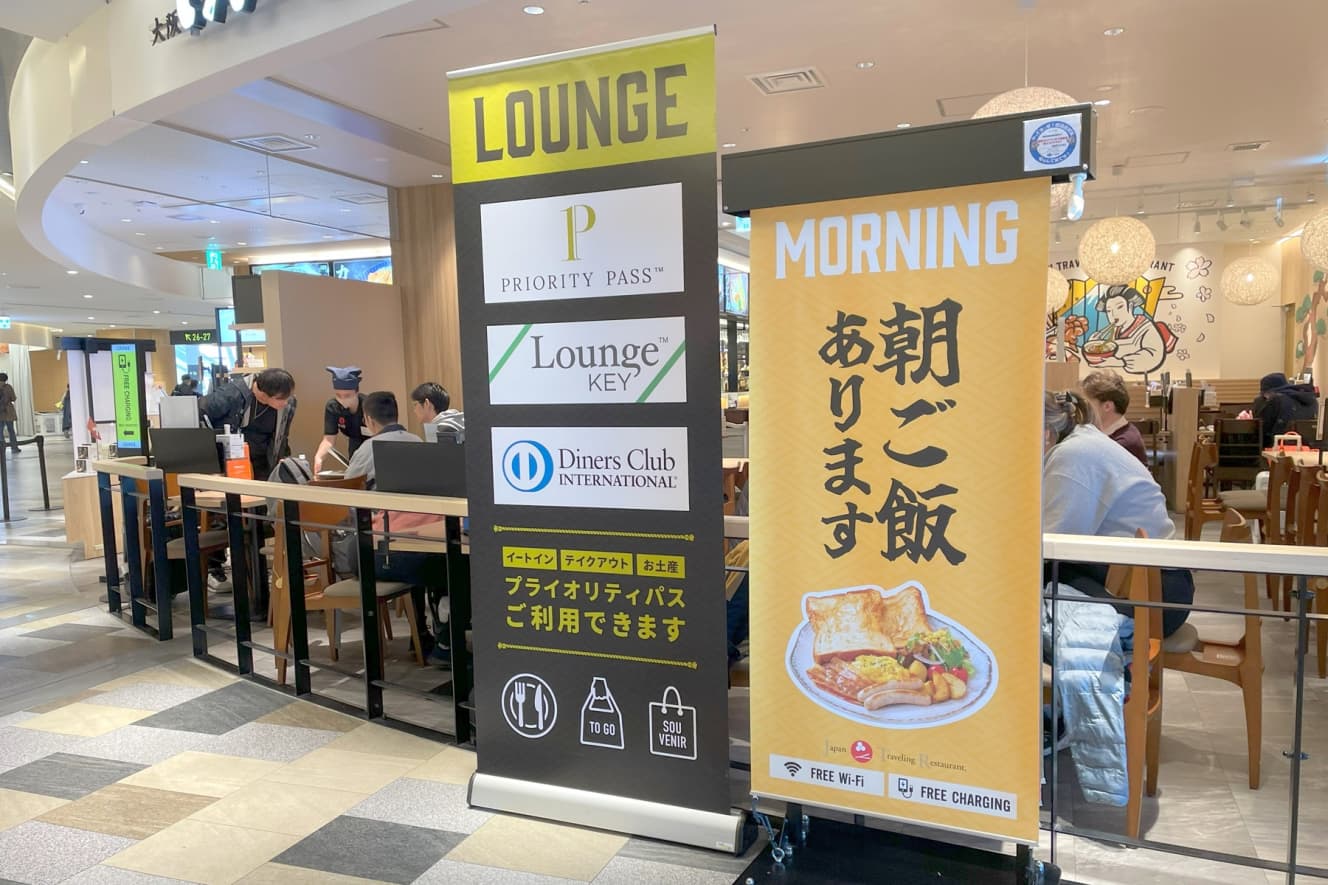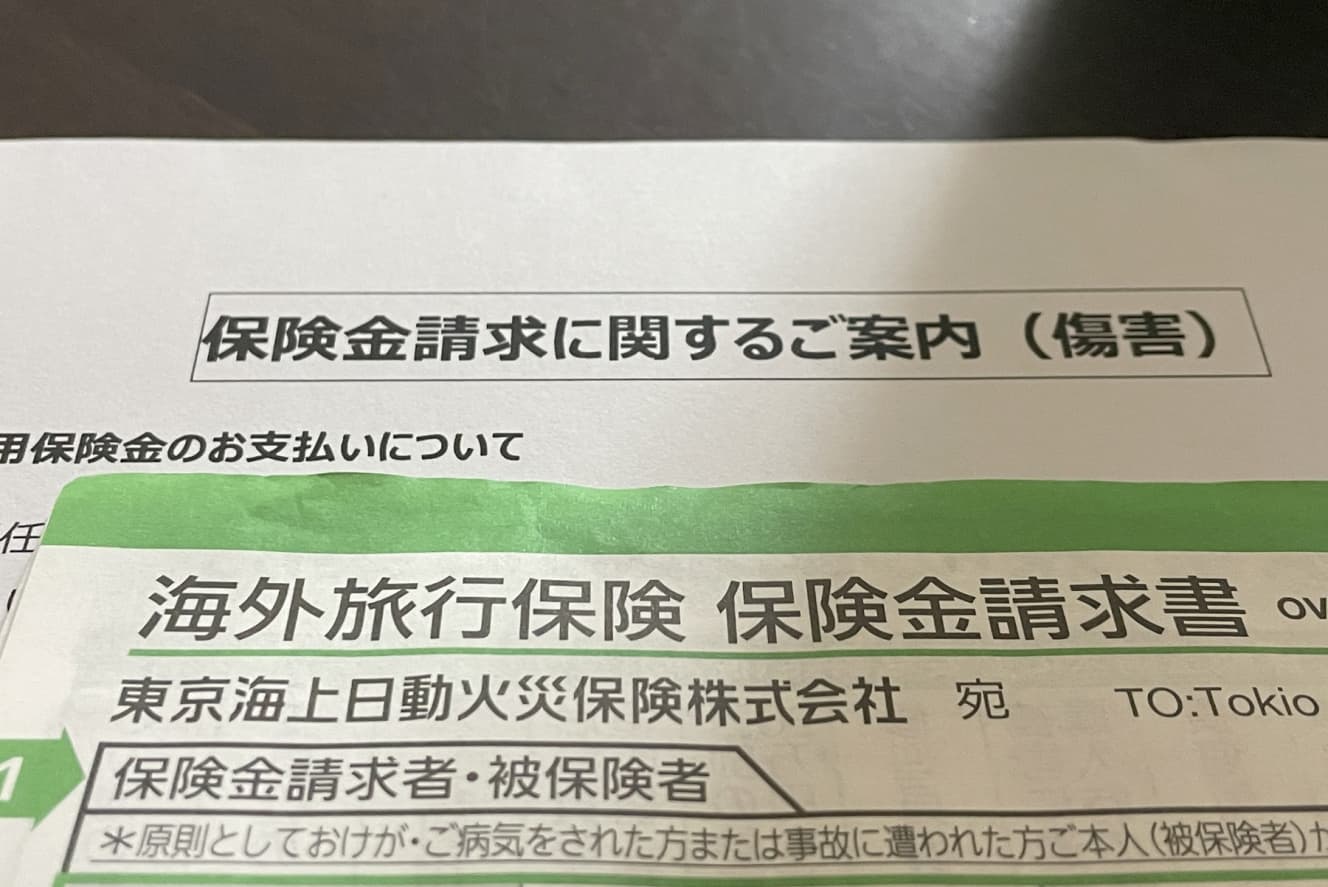Credit Card Decline and Unseen Travel-Related Changes Taking Place
Why the string of “reforms” ……?
In the first place, Japanese credit cards offer too many benefits,” says Kenji Matsuoka, a money writer and expert on the credit card market.
Kenji Matsuoka, a money writer and an expert on credit cards, says this.
With the emergence of no annual fee cards, even gold cards, the main source of revenue for credit card companies has become merchant fees generated from purchases and meals at merchants. However, with the rise of e-money and QR code payments, those fees, which used to be in the 3% range, now seem to be in the 2% range.
In order to remain competitive, each company cannot lower the point redemption rate, so the trend is toward having no choice but to scale back other benefits.”
Travel, in particular, is closely associated with credit cards. Many people actually pay for hotels and airline tickets with credit cards because of the large amounts involved. While there are numerous credit cards, many credit card companies offer more generous travel-related services, and a travel-related deterioration can be a major blow to travelers.


A series of [Priority Pass] rule changes. The reason for this is ……
One of the hottest topics among travelers these days is the change in the rules for using Priority Pass, which allows access to lounges and food and beverage outlets at airports in Japan and overseas.
Priority Pass is a service that comes with some higher tier cards. The Rakuten Premium Card, which has an annual fee of 11,000 yen, is particularly well-known for its Priority Pass benefit, which allows unlimited use of lounges.
However, it was announced in November 2011 that the number of times Priority Pass can be used free of charge will be limited to five times per year, starting in January 2013, and that a fee will be charged after the sixth use (US$35 = approximately 5,000 yen). I have been holding Rakuten Premium Card for Priority Pass for many years, and I have to admit that this is a painful blow to me.
In early September 2012, JCB and Mitsubishi UFJ NICOS also announced a series of changes to the Priority Pass service, with JCB changing the Priority Pass service to lounge facilities only in Japan, not to restaurants offering meals, etc., effective October 31, 2012. (Overseas, the same as before). Mitsubishi UFJ NICOS limited the use of Priority Pass to airport lounges only from October 1 of the same year, and stated that a fee may be charged for use at restaurants and other establishments.
A meaningful statement was posted on the official website of Mitsubishi UFJ NICOS at the same time as the service change. The use of Priority Pass at airport food and beverage outlets, refreshment facilities, etc. has increased significantly in recent years. As a result, the costs associated with this service have increased, and we may not be able to continue to offer this service. Moreover, the posting of the message just over a month after the announcement of the service change has led to rumors that the company may be under considerable pressure.

Some airports have a “No Photography” sign on the lounge wall.
Priority Pass is a service that allows access to airport lounges, restaurants, and other food and beverage outlets on the same day that you fly. The service, which includes the provision of snacks and drinks in lounges and the use of shower rooms, was often useful to the author, especially overseas, when flying on airlines that do not have access to airline lounges, or when using low-cost carriers (LCCs).
On the other hand, in recent years, I have witnessed an extraordinary increase in the number of services being introduced on social networking sites as “travel deals.
For example, at the Botejyu 1946 restaurant at Kansai International Airport’s domestic flights, each person can eat and drink for a discount of up to 3,400 yen. This is the author’s home airport, and when he tried it out once, he was surprised to find that more than half of the customers were Priority Pass holders.
Although it is located in the area after security checkpoints, it is available for both departures and arrivals, and I heard that some people go out of their way to use it both on the way to and from their trips. Moreover, while it is rare for Priority Pass customers to be able to take out food and beverages from restaurants, this restaurant even has a take-out menu that includes drinks and takoyaki (octopus dumplings).
At Suvarnabhumi International Airport in Bangkok, Thailand, and Changi International Airport in Singapore, where there are many Priority Pass lounges, passengers can visit not one but several lounges and food and beverage outlets at their leisure during a single flight, and take photos and videos of the lounge interior and snacks. The number of people who take photos and videos of lounge interiors and snacks and post them on social networking sites such as YouTube and Instagram, as well as on blogs, has clearly increased over the past few years. This may have been the case at Kaohsiung International Airport in Taiwan, where I visited, and I even saw a sign on the wall inside the lounge that said “No Photography”.


Association of SNS postings with activities far removed from conventional use.
In the case of the Botejyu restaurant at Kansai International Airport, the 3,400 yen worth of food was free for the user, and the restaurant would charge the credit card company the amount spent as is. However, it is easy to imagine that the credit card company would be burdened with the cost of having multiple locations visited in a single trip, not just one trip per year, with an annual membership fee of less than 10,000 yen.
Some SNS users refer to Central Japan International Airport (Centrair) as a “priority pass mecca. The Priority Pass entitles passengers to 3,400 yen worth of food and beverages at each of Kaizen Kuuzen and Botejyu in Terminal 1 and THE PIKE BREWING RESTAURANT & CRAFT BEER BAR in Flight of Dreams, as well as access to the observation bath in Kutsurogi-Dokoro. Three lounges are also available for international departures. Some YouTubers have taken the trouble to travel to Centrair to enjoy all of the above.
In any case, it can be said that the extraordinary number of times some YouTubers and influencers have used the lounges has resulted in their own strangulation. The people who suffered the most were the general public who used the lounges properly, such as business travelers.
Incidentally, Priority Pass is also available to the general public. The Rakuten Premium Card has been offering the “Prestige” level, which has an annual fee of US$469 (approx. 67,000 yen). Considering that it had an annual fee of 11,000 yen, the value of the card was not half as good as it could have been.


Travel Insurance” of Credit Cards, “Automatic Incidental Insurance” and “User’s Incidental Insurance” are Increasingly Increasing
Credit cards generally come with “travel insurance” for overseas and domestic trips from the start.
For example, Sumitomo Mitsui Card (NL) comes with travel insurance of up to 20 million yen. The annual fee for this card is free of charge, and the incidental portion is also free of charge. In addition, in the event of injury or illness overseas, Mitsui Sumitomo Insurance’s “Emergency Assistance Service” (available 24 hours a day, 365 days a year, in Japanese) is also available. These are overseas travel insurance, and domestic travel insurance is not included with the Mitsui Sumitomo Card (NL).
Travel insurance can of course be purchased separately. However, in some cases, the supplementary coverage of a credit card may be sufficient, especially the more expensive the annual membership fee, the more generous the coverage. In recent years, as the number of credit cards with no annual fee has been increasing, there is a tendency for ordinary cards to offer less coverage.

In the past, travel insurance attached to a credit card was usually called “auto-supplementary,” meaning that the cardholder could use the insurance simply by holding the card. Now, however, there has been a series of changes in recent years to “supplementary coverage,” which only applies when the airline ticket or tour fee for the trip is paid with the card.
Epos Card, American Express Card, Saison Card, Orico Card, JCB Card, etc. have changed from automatic to supplementary coverage in the past few years. *Some brands may remain automatic.
In addition, Rakuten Card, which has no annual fee, used to be incidental to use of the card, but it used to be possible to receive insurance coverage when “using public transportation” or “paying for an organized tour” before leaving Japan with the Rakuten Card. However, in October 2008, the policy was changed to “only apply to payment for organized tours,” and it does not apply to payment for airline tickets only.
Furthermore, in June 2010, “loss or damage to personal belongings,” which is applicable in the event of local theft, was also excluded from coverage.
Of course, you will be notified of these changes by e-mail or other means, but there are many cases where you may have missed them, so be sure to check when making your travel plans.
Increase of “overseas processing fee” for overseas use
There are other changes to credit cards. A few years ago, the exclusion of traffic IC card recharges from the point system spread among major credit card companies.
In addition, Sumitomo Mitsui Card recently announced that it will raise its “overseas processing fee” for payments made overseas from the current 2.20% to 3.63%, effective November 1, 2012, and other companies are expected to follow suit.
According to the aforementioned Mr. Matsuoka,
According to the aforementioned Mr. Matsuoka, “In order to maintain competitiveness, we must protect the 1% point redemption rate, and any other changes in benefits are possible.
According to Mr. Matsuoka, “In order to remain competitive, we have to protect the 1% point redemption rate. All credit card companies have been and continue to be relentless in their efforts to attract new cardholders. In some cases, it is inevitable that annual membership fees, fees, and other burdens will increase and services will be cut due to high prices, labor shortages, and other factors.
However, it is also true that there were some users who repeatedly used their credit cards in ways that went beyond the bounds of common sense, even though they did not deviate from the rules. It is unusual for a credit card company to post a notice to that effect on its official website. While the inevitable changes are inevitable, we should also be careful about our manners of use.
Interview, text, and photos: Shikama Aki